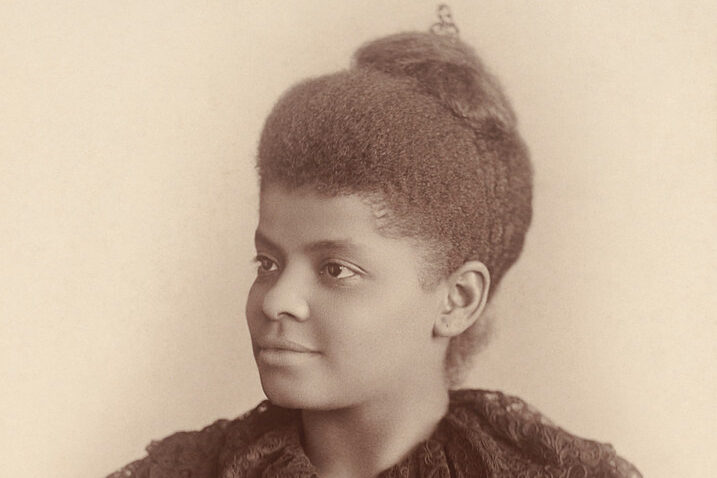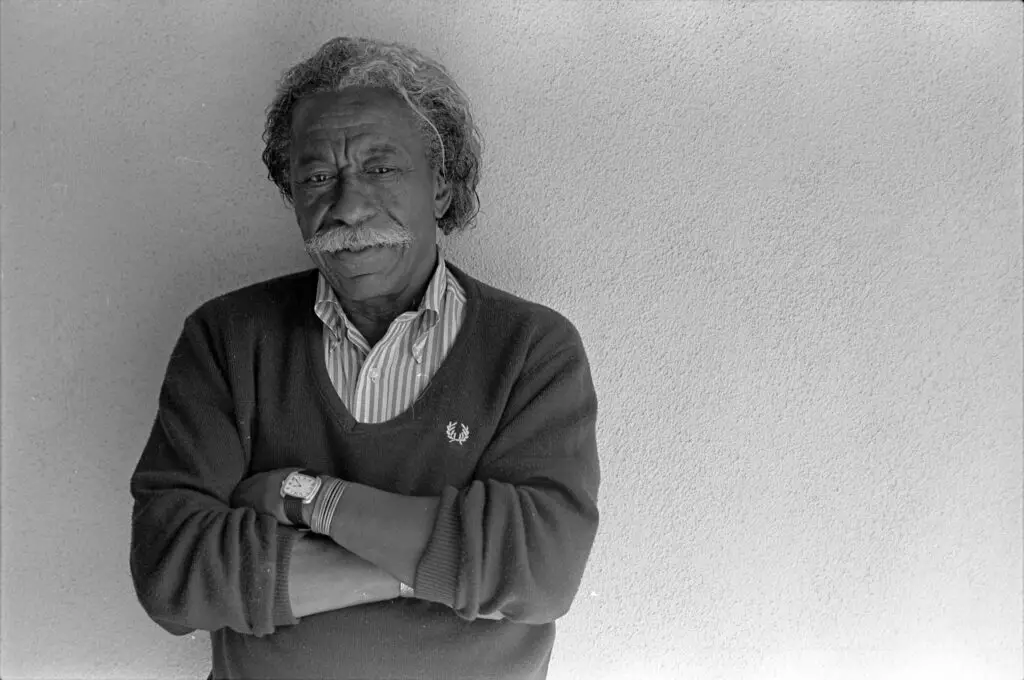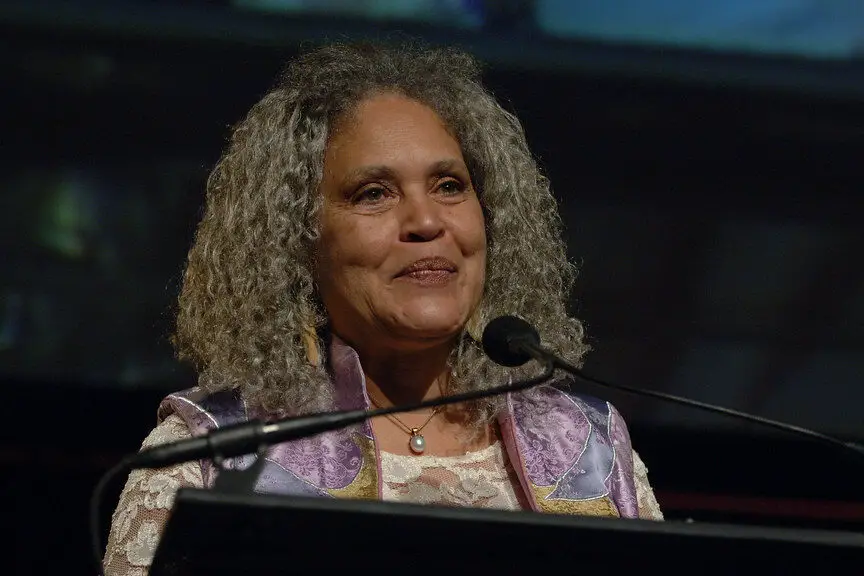1. Ida B. Wells

Ida B. Wells was a powerhouse in journalism, using her pen to confront some of the most difficult truths of her time. Born into slavery, she became one of the first African American women to make her mark in investigative journalism. Wells famously exposed the horrors of lynching in the South, publishing a series of reports that brought national attention to the brutal practice. She didn’t just write about it, though—she traveled to communities where lynchings had taken place, gathering eyewitness accounts and evidence, despite facing constant threats to her safety says the National Womens History Museum.
Wells’ work put her in direct danger, but she never backed down. Her courageous reporting led to her being run out of Memphis, where her office was bombed, but she continued her fight for justice from Chicago. She used her platform not just for reporting, but as a weapon for social change. Wells’ legacy as a fearless truth-teller still inspires journalists today to challenge the status quo, even when it’s uncomfortable or dangerous.
2. Gordon Parks

Gordon Parks, known for his work as a photographer, filmmaker, and journalist, risked his life to capture the human side of the civil rights movement. In the 1940s, he became the first African American photographer for Life magazine, where he began documenting the everyday struggles of Black Americans. One of his most iconic works is a series on segregation, showing the stark realities of racism in both public and private life. But it was not just the subjects of his photos who were vulnerable—Parks himself was often in harm’s way while working in hostile environments.
Despite the danger, Parks stayed committed to using his camera as a tool for social justice. His photography didn’t just expose inequality; it told stories that allowed people to connect with the struggles of others in a deeply personal way. By choosing to highlight Black life, from poverty to joy, he created a body of work that pushed back against stereotypes and sought to shift public perceptions. Parks’ work in journalism and photography helped lay the groundwork for later generations of artists and journalists committed to using their craft for social change.
3. Charlayne Hunter-Gault

Charlayne Hunter-Gault made history in 1961 when she became one of the first African American students to attend the University of Georgia, but her groundbreaking work didn’t stop there. As a journalist, she became a pioneer in broadcast journalism, particularly as a correspondent for The New York Times and PBS. Hunter-Gault didn’t just report the news; she often found herself in the middle of stories that required a deeper level of courage and vulnerability. Her reporting on apartheid in South Africa, where she lived and worked for years, put her in close proximity to some of the most volatile situations of the time shares Wikipedia.
Despite the many challenges she faced as a Black woman in a predominantly white industry, Hunter-Gault’s dedication to truth never wavered. Her reporting not only brought global attention to issues like racial injustice but also offered insight into how ordinary people were resisting oppression. As a journalist, she wasn’t afraid to challenge both the systems of power she covered and the norms within her own industry. Through her career, Hunter-Gault showed the world that the pursuit of truth could be as powerful as it was dangerous, and she continues to serve as a role model for journalists today.
